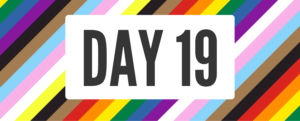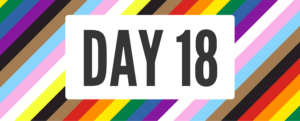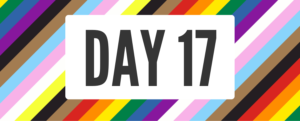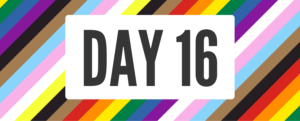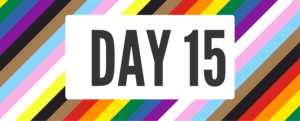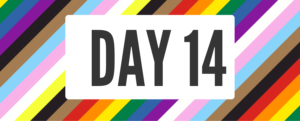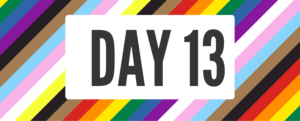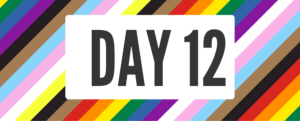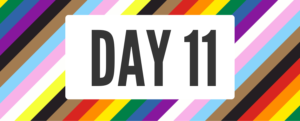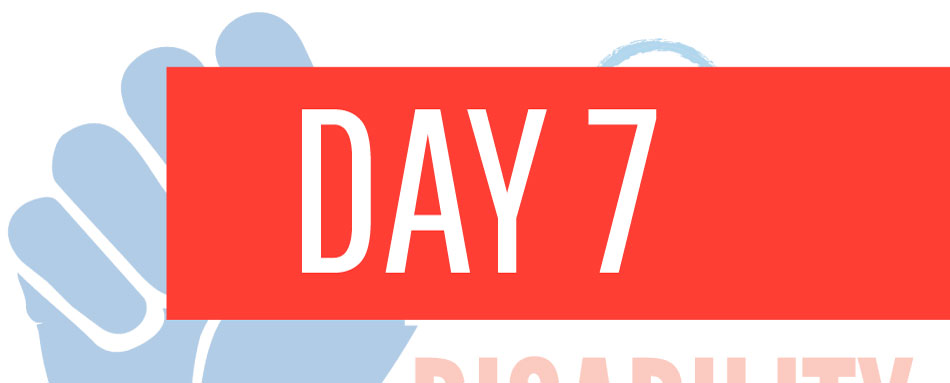
Every person holds multiple identities. These identities can include race, gender, sexuality, disability, socioeconomic status, religion, and more. It’s essential to acknowledge these different identities and their impact on the way each individual experiences the world. Recognizing this diversity helps us understand the complexity of people’s lives.
Intersectionality is a concept that helps us understand how multiple oppressed identities show up together. The Combahee River Collective, a group of Black, lesbian women is often credited for the concept of intersectionality. In 1977 the collective released a statement that highlighted the racism they experienced in the feminist movement dominated by white women and the sexism they experienced among Black-nationalist organizations that were largely led by Black men. They offered a strategy that centered the needs of Black women to better achieve the overall goals set out by feminists and Black nationalists. The term intersectionality was later coined in 1989 by Kimberlé Crenshaw to describe the ways in which systems of inequality based on gender, race, ethnicity, sexual orientation, gender identity, disability, class and other forms of discrimination “intersect” to create unique dynamics and effects.
For example, a Black transgender woman with a disability is likely to experience discrimination in multiple forms, including racism, transphobia, sexism, and ableism, often simultaneously and in many areas of her life.
Research shows that people with disabilities who are also members of other marginalized groups, such as People of Color and lesbian, bisexual, gay, bisexual, queer, intersex+ (LGBTQI+) people, face increased risks of discrimination. This discrimination spans not just the prejudice of individual people, but systemic injustices. Systemic injustice explains how the discriminatory policies and prejudices from our shared history, woven into the fabric of our institutions and society, still impact people today. For example, even as laws change, our financial systems, distribution of property, and political institutions still reflect the long-term effects of a history of slavery, colonialism, voting rights violations, and segregation in the United States. Thus, people from historically excluded groups are still subject to discrimination, inequitable policies, and the abuse of power by institutions. This means they are more likely to live in poverty, become victims of violence, experience police brutality, face housing discrimination, and a wide range of other injustices. These overlapping forms of discrimination can compound the difficulties people face, making their experiences of marginalization more intense and multifaceted.
People of all marginalized groups are also represented in the disability community. Organizations must consider intersectionality to develop equitable programs and services. Coalition building between movements and working together toward intersectional advocacy is necessary to achieve social justice. We must be collaborative in program and policy development to make our community fully accessible to all. By forming alliances across various social justice movements, we can strengthen our efforts and create more inclusive and effective strategies for change. Embracing intersectionality, we can better address the needs of those who experience multiple forms of marginalization and work towards a society where everyone can thrive while celebrating all parts of their identities.
![[Image description: Diagram demonstrating intersectionality. In the center is a figure of a person. Multiple, brightly colored arrows point out from the central figure, each pointing to a different phrase. The phrases are, starting from the top and working clockwise: socio-economic status, ethnicity, religion, disability, sexual orientation, age, gender, and culture.
Attribution: Higher Education Digest (2024).]](https://unitedforscmi.org/wp-content/uploads/2022/08/dec7.jpg)
[Image description: Diagram demonstrating intersectionality. In the center is a figure of a person. Multiple, brightly colored arrows point out from the central figure, each pointing to a different phrase. The phrases are, starting from the top and working clockwise: socio-economic status, ethnicity, religion, disability, sexual orientation, age, gender, and culture. Attribution: Higher Education Digest (2024).]
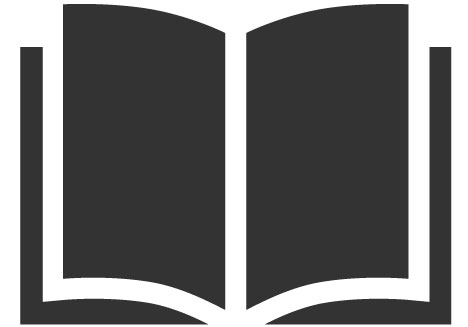
Read
- Raphaele von Koettlitz, D&A Blog – Identity Beyond Disability
- Marisa Wright, Legal Defense Fund – A Shared Struggle for Equality: Disability Rights and Racial Justice
- Victoria A. Brownworth, Philadelphia Gay News – The Intersection of LGBTQ History and Disability

Watch
- Keri Gray, Ford Foundation – Intersectionality & Disability (2:11, includes captions and transcript)
- Annie Elainey – Why Is Disability Representation So White? #DisabilityTooWhite (5:35, includes captions and transcript)
- Microsoft Ability Summit 2021 – Intersectionality Between Race and Disability Panel Discussion(39:52, includes captions, transcript, and ASL interpretation)
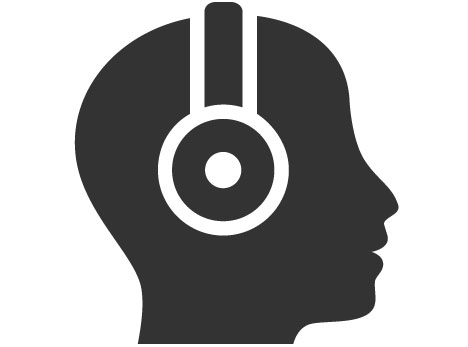
Listen
Disarming Disability Podcast – Episode 4: What Is the Intersection of Race & Disability? (24:57, transcript here)
Discussion
- List the different identities you have. Are you part of more than one marginalized group?
- In what ways can organizations be more inclusive to every identity of the people they serve?

